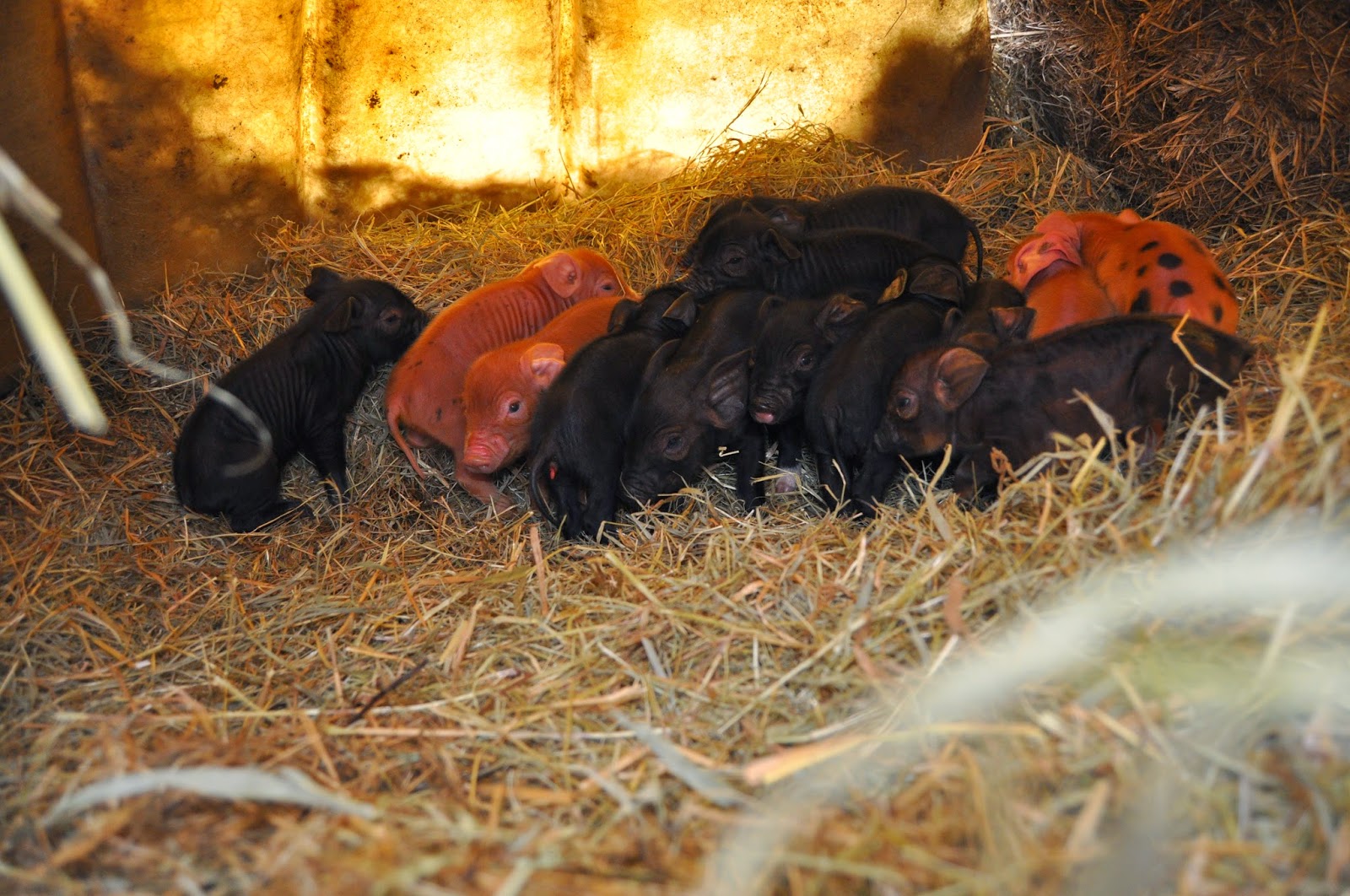For the last several months we have been helping students at a local boarding school, Darrow, to prepare for and raise chickens for a project that they are working on- in which they hope to create a McDonald's-like "Happy Meal" with sustainable materials. Last Wednesday was slaughter day. We've been curious to see how the students would react to killing and cleaning the chickens they helped to raise from newly hatched chicks. These kids are awesome! They handled the chickens' death with dignity, kindness and purpose.
A group of students came to our house to pack the chickens up and take them to the school for slaughter. We talked about how that moment, when you choose to take the animal off pasture and to turn a living being into food, is a privilege, and something that should be done with ceremony, respect and gratitude. It felt good to see these chickens help teach these lessons. I was proud of the students, who we have been working with for the last five or so months- they have a lot left to learn (about farming, and life, and all the millions of things we all have left to learn), but this they did really well.
During the slaughter I re-fielded a question I often get "why doesn't it bother you when your animals are slaughtered?" It does. Its sad every time. These are living things (some of whom are extremely cute and/or animals that we have become close with) and we choose to kill them. When killing animals (that we care about) becomes nonchalant and fails to stir our emotions- then we will know that we need to stop raising animals for meat. We respect our animals in life and we are thankful for them in death.


 |
Generally at the end of slaughter you are left with a bucket of intestines, other unpalatable organs,
and heads. This slaughter was different- the biology teacher who helped with this project gave a
running commentary of every organ and how it worked. She even found a chicken heart with fluid
and explained that the chicken might have been experiencing heart failure.This is what teenagers do
with chicken heads...they discussed putting them on strings or sticks to use them as puppets for
performance art. Love to see every piece of these chickens used and appreciated.
|
 |
| Standing! |
 |
| While the cow labored some of the herd looks on. |
After slaughter with the high-schoolers, our kids and I stopped by our friend Cynthia's farm. She had had two heifer (girl) calves born that morning, and when we arrived we learned that a third calf was on it's way. We watched from the car in the pouring rain with Cynthia as one of her Randall Cattle gave birth. The cow grazed the fresh spring grass as she labored, occasionally arching her back or laying down to resituate the calf inside. We watched for about a half an hour before a bull calf was born into the pouring rain. The mother licked and cleaned the baby and the calf was up and walking (on wobbly legs) about a half an hour later. Birth, like death, is something that people don't see very often these days, in this culture. In a world so divorced from life and death, I feel lucky to see the almost magical segue between alive and dead, sometimes all in one day, and to feel my heart stir. It reminds me that I am alive.
That night four Great Blue Herons flew over our house in a perfect line. Somehow that felt important, but I'm not sure how.






















